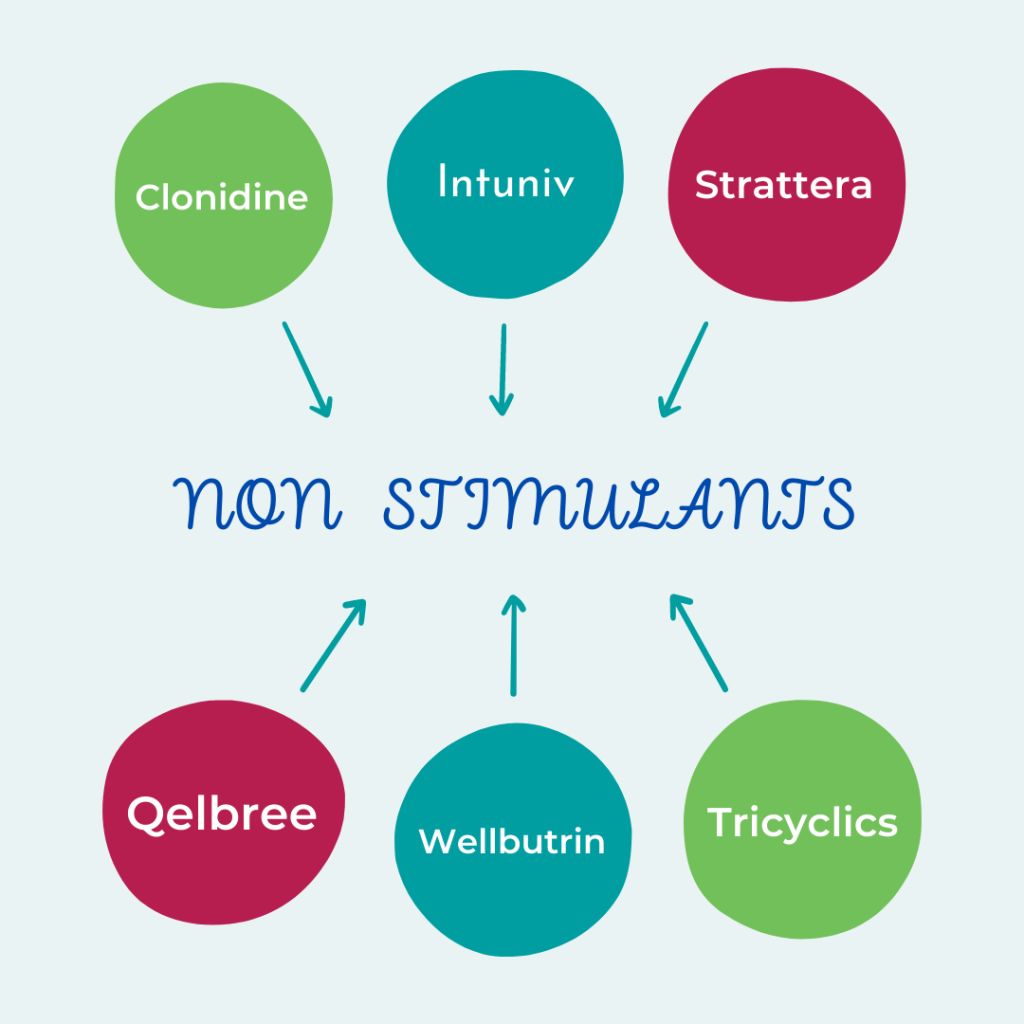Dismantling ADHD Stereotypes
Loud, bossy, bad, dumb, stupid, lazy – these are but a fraction of the destructive words erroneously used to describe children and adults with Attention Deficit Hyperactivity Disorder or ADHD. While a common childhood diagnosis, ADHD is often poorly understood. It’s more than kids with boundless energy, excessive talking, daydreaming, and forgetfulness. There is also low self-esteem, strained relationships with peers or co-workers, rejection sensitivity, mood dysregulation, poor time management, car accidents, and financial burdens. Many youth with ADHD face lifelong consequences, especially when their symptoms go untreated.
According to the CDC, 9.4% of US children have ever been diagnosed with ADHD. Boys are more than twice as likely to be diagnosed with ADHD than girls – 12.9% compared to 5.6%. CHADD, Children and Adults with Attention Deficit Hyperactivity Disorder, is a non-profit organization founded in 1987 whose mission is to “[improve] the lives of people affected by ADHD.” Its website provides a wealth of resources for families living with ADHD. Here, some of the long-term outcomes for children with ADHD are outlined. What we find is:
- ADHD persists into adulthood
- As many as 1 in 3 adults continue to meet criteria and close to 80% continue to experience significant symptoms
- 32% of students with ADHD drop out of high school compared to 15% of teens without a psychiatric disorder
- College students are much less likely to enroll in a 4-year college and 50% attend vocational or junior colleges vs. 18% of those without ADHD
- Only 15% receive a 4-year college degree vs. 48% of those without ADHD
- Adults are 11 times more likely to be unemployed and not in school
- Adults are 61% more likely to have been fired and 33% more likely to have been laid off
- Adults with ADHD earn almost $2 less in hourly wages

What is ADHD?
ADHD is a brain disorder. It is characterized as a neurodevelopmental disorder in the Diagnostic and Statistical Manual of Mental Disorders, 5th edition (DSM-5), the text used for the diagnosis and classification of mental disorders. ADHD impacts dopamine, the reward and pleasure-seeking neurotransmitter that motivates behavior and norepinephrine, the neurotransmitter and hormone that modulates the fight/flight/or freeze response, attention, wakefulness, and mood regulation. Dopamine and norepinephrine activity are particularly important for four areas of the brain: the prefrontal cortex (important for executive function – planning, prioritizing, working memory, decision-making, problem solving, self-control); the limbic system (important for processing emotions, memory); basal ganglia (important for cognition, movement, and voluntary behavior); and the reticular activating system (important for arousal and sleep-wake transitions). Additionally, brain imaging reveals that the cerebral cortex develops more slowly in children with ADHD and decreased cortical thickness in adults with ADHD.
How is ADHD diagnosed?
ADHD is most frequently diagnosed in early childhood though sometimes ADHD is not diagnosed until adulthood. There is no definitive test to diagnose ADHD – no blood work, no imaging study, and no singular assessment tool. It is a clinical diagnosis made by physicians (pediatricians, family medicine practitioners, internists, psychiatrists, neurologists), psychologists, and clinical social workers. Psychological assessment tools like the Vanderbilt Assessment Scale, Conners Comprehensive Behavior Rating Scales, the Child Behavior Checklist, and IQ testing are helpful to support the diagnosis and identify other psychiatric comorbidities. Symptoms of ADHD include:

Symptoms are present in multiple settings from school and home to work, church, and athletic activities and often impacts individuals cognitively, emotionally, and socially. Risk factors for developing ADHD include: genetics/family history, premature delivery, low birth weight, maternal substance use during pregnancy, exposure to environmental toxins like lead, and brain injury. Excessive sugar intake, poor nutrition, poverty, poor parenting, nor too much screen time cause ADHD but can worsen symptoms.
Treatment of ADHD
Medications are highly effective for the treatment of ADHD. Medication options include stimulants and non-stimulants. Stimulants consist of methylphenidate and amphetamine derivatives and short and long-acting formulations. For those who should avoid stimulants because of intolerable side effects, co-morbid medical conditions, or patient preference, non-stimulants are also available. Non-stimulant medications like Strattera, Intuniv, and Clonidine are also useful for adjunct treatment. Non-pharmacologic treatment options can target problematic behaviors and address executive dysfunction. These include ADHD coaching and counseling, parent management training, behavioral therapy, and exercise. There is some data around vitamins and supplements, but these are not FDA-approved. There is no replacement for a healthy, balanced diet that emphasizes whole foods over heavily processed foods and sugary foods and drinks.


Schools offer resources as well. School psychometrists use psychoeducational testing to evaluate students for mental disorders and learning disabilities. Through Section 504 and the Individuals with Disability Education Act (IDEA) federal civil rights laws, all children, including those with disabilities or special needs, are entitled to a “free appropriate public education” (FAPE) and should receive their educational instruction in the “least restrictive environment.” These laws also specify that children with disabilities receive periodic re-evaluation and assessment to appropriately identify their needs which often change over the course of their academic tenure. The provisions contained with Section 504 are less rigorous compared to those within IDEA. Typically, Section 504 covers general classroom accommodations or curriculum modifications such as extended time to take tests, modified tests and homework assignments, adjusted class schedule, and learning aids whereas IDEA requires an Individualized Education Plan (IEP) that is a much more comprehensive and detailed educational blueprint that clearly identifies the conditions that impede the child’s learning and the school’s strategy very clearly spelled out to address those conditions.
5 Things to Know:
- ADHD is real – it is a brain disease that affects attention/learning, behavior, and mood
- Kids with ADHD are not lazy or stupid
- Individuals don’t “outgrow” ADHD – symptoms persist into adulthood for many, even if people don’t continue to meet full criteria for ADHD
- ADHD is a treatable disorder, and medications are highly effective
- Untreated ADHD can contribute to the development of depression, anxiety, substance abuse, job loss, and failed relationships so get help
Resources:
Additude Magazine additudemag.com
Children & Adults with Attention-Deficity/Hyperactivity Disorder chadd.org
Parents Med Guide parentsmedguide.org
American Academy of Child & Adolescent Psychiatry aacap.org
Child Mind Institute childmind.org


I learned so much about ADHD from this article. Thanks!